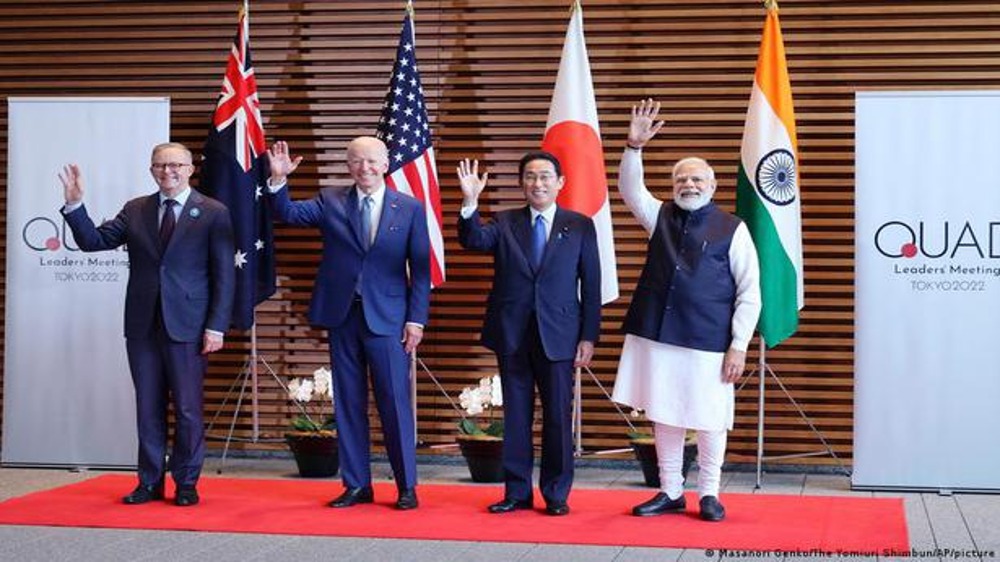US, China’s competing visions for the Pacific
Biden’s four-day visit to US allies Japan and South Korea was also an effort to repair ties with Seoul and Tokyo that were frayed under former President Donald Trump.

US President Joe Biden’s inaugural visit to Asia in May was seen as a reminder that Washington’s long-term foreign policy goals remain focused on Asia, even as the war in Ukraine currently takes centre stage. On May 26, after Biden’s tour, US Secretary of State Antony Blinken laid out the administration’s China strategy in a highly anticipated speech, calling Beijing’s geopolitical ambitions the “most serious long-term challenge to the international order.”
Biden’s four-day visit to US allies Japan and South Korea was also an effort to repair ties with Seoul and Tokyo that were frayed under former President Donald Trump. While in South Korea, Biden met with newly inaugurated President Yoon Suk-yeol and struck agreements on bolstering the deployment of US military assets to the Korean Peninsula and increasing joint military exercises, which had been scaled back during the Trump administration.
In Japan, Biden met with the leaders of Japan, India and Australia, which along with the US comprise the “Quad,” an informal grouping of countries that aims to align security policies in the Indo-Pacific vis a vis China. Biden also introduced an economic initiative called the Indo-Pacific Economic Framework (IPEF), which excludes China but includes a dozen countries in the region including Japan, India and Indonesia.
The White House said the framework will enable the US and its allies to “decide the rules of the road.” However, it stops short of being a free-trade pact, calling instead for “high-standard commitments” to “deepen economic engagement,” but would not, for example, allow for a cut in US tariff rates. It is also subject to change, according to the political whims of the next potential US presidential administration.
Ian Chong, a political scientist at the National University of Singapore (NUS), said the US Indo-Pacific strategy is based on entrenching rules, international laws, and standards that it prefers. “As long as there are more actors signing up to these standards, it will shape the environment,” he said, adding that if countries voluntarily comply with standards led by the US, it could raise the costs for them to comply with China’s alternatives. “It may then make it more difficult for China to push forward,” he said.
For years, China has been working to build what it sees as an alternative to an outdated US-led international order. More recently, Beijing has eyed partnerships with small Pacific Island nations. This has alarmed Australia in particular, which sees a Chinese foothold in the South Pacific as a security threat. Chinese Foreign Minister Wang Yi is currently on a 10-day tour of Pacific island nations, seeking among other things to shore up support for a Beijing-led regional trade and security deal, covering things like free trade, police training, and disaster resilience. However, China met a setback when the 10 island nations did not agree on a joint communique outlining the plan following a meeting on May 30 in Fiji with foreign ministers.
Wang had hoped the countries would endorse the prepared agreement. After the meeting he said “further discussions were needed to shape consensus,” and that China would continue to offer support to Pacific countries “with no political strings attached.” “Don’t be too anxious and don’t be too nervous, because the common development and prosperity of China and all the other developing countries would only mean great harmony, greater justice, and greater progress of the whole world,” the Chinese foreign minister said.
Are you in Chennai? Then click here to get our newspaper at your doorstep!
Visit news.dtnext.in to explore our interactive epaper!
Download the DT Next app for more exciting features!
Click here for iOS
Click here for Android



